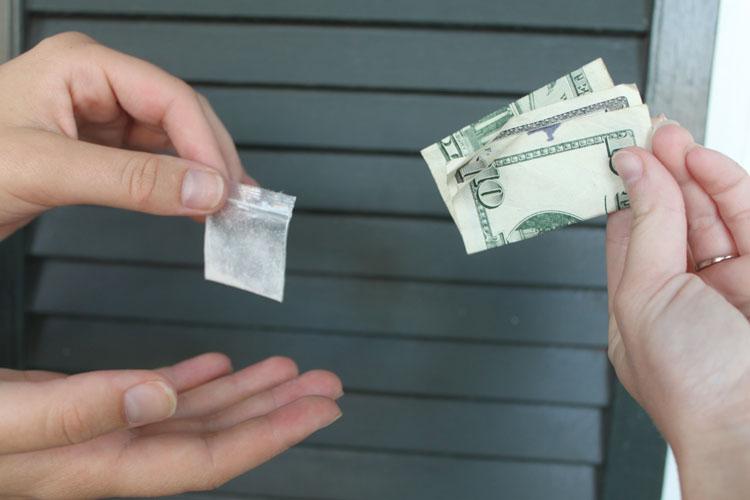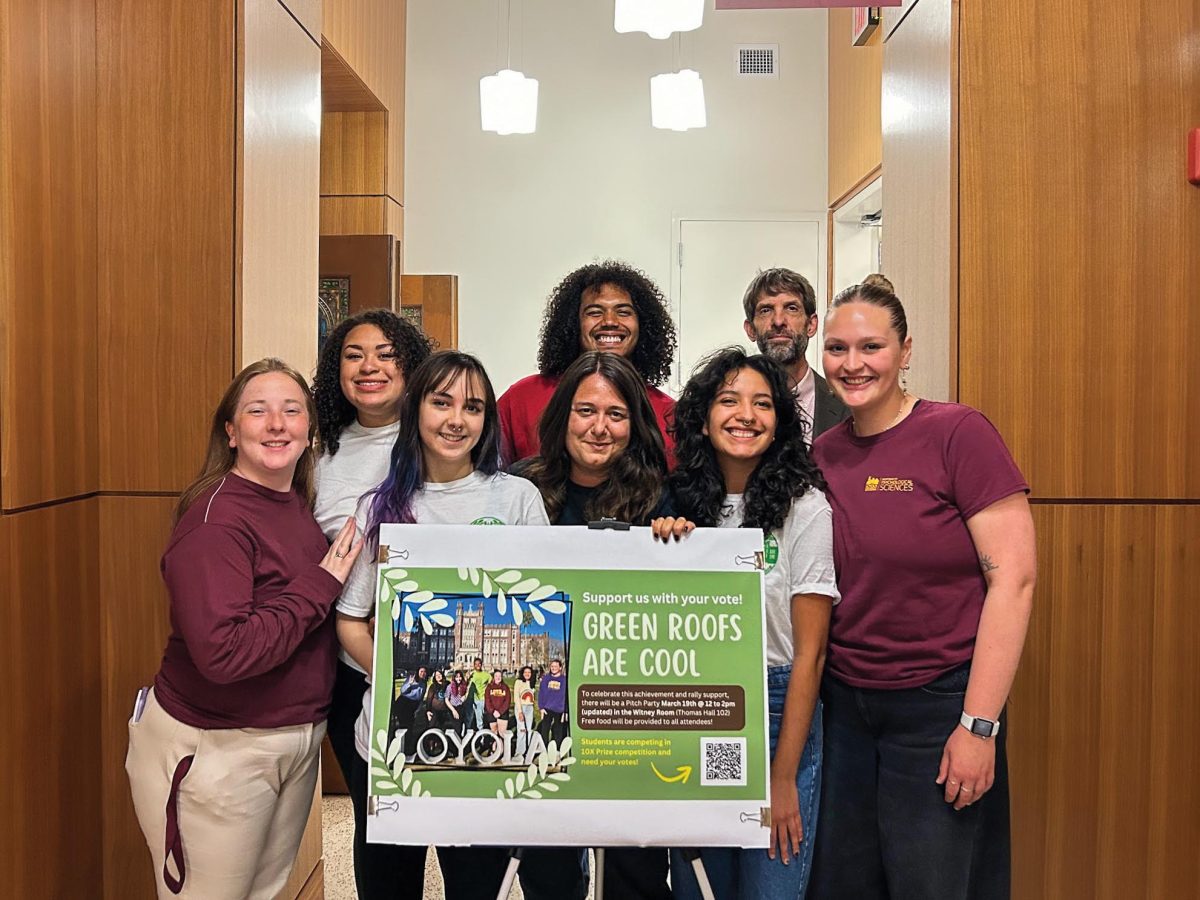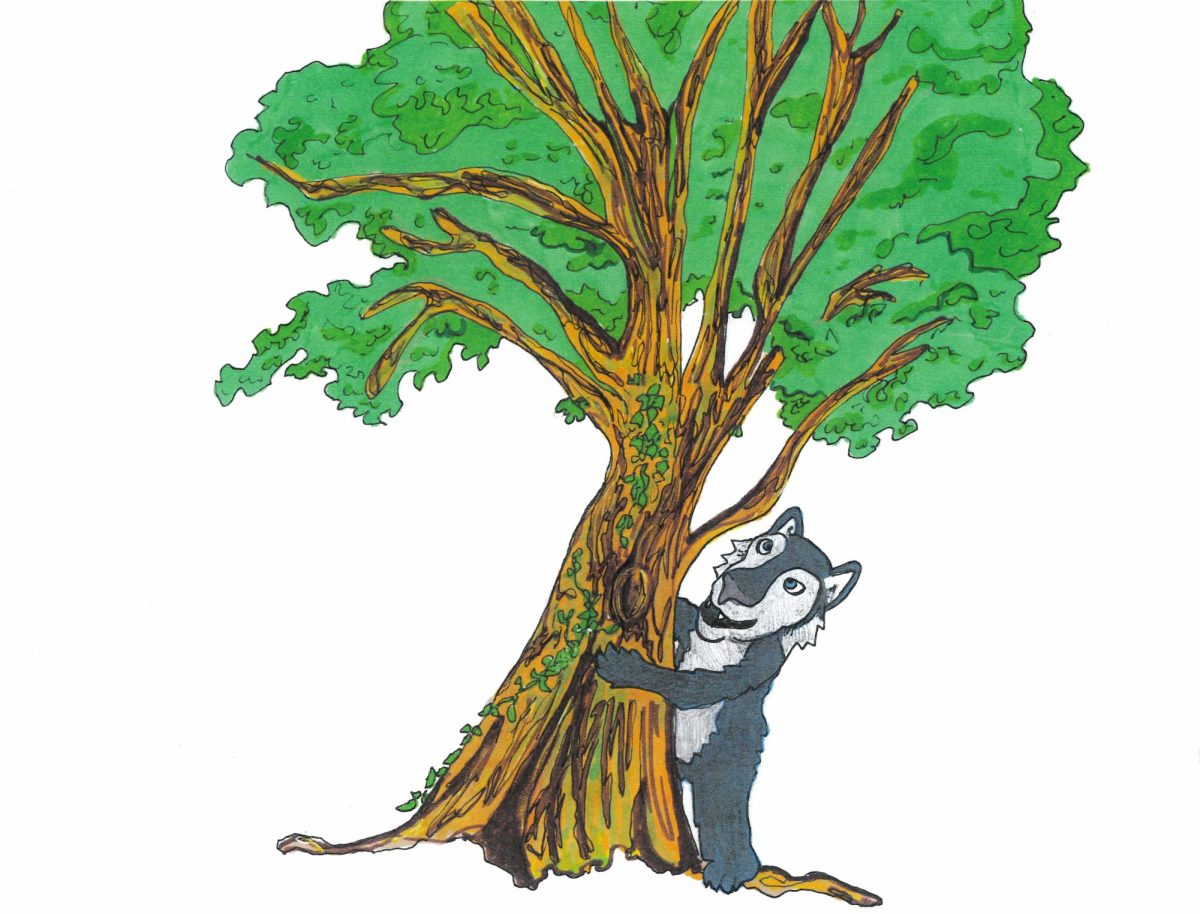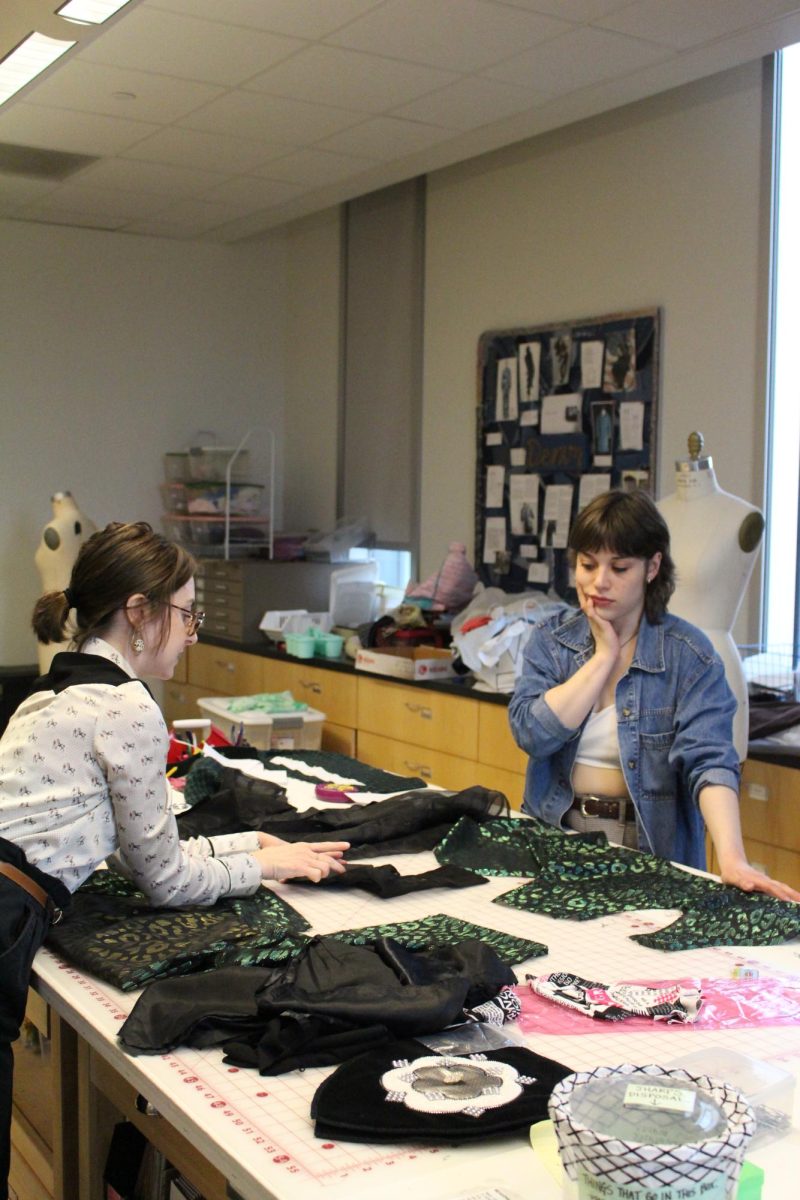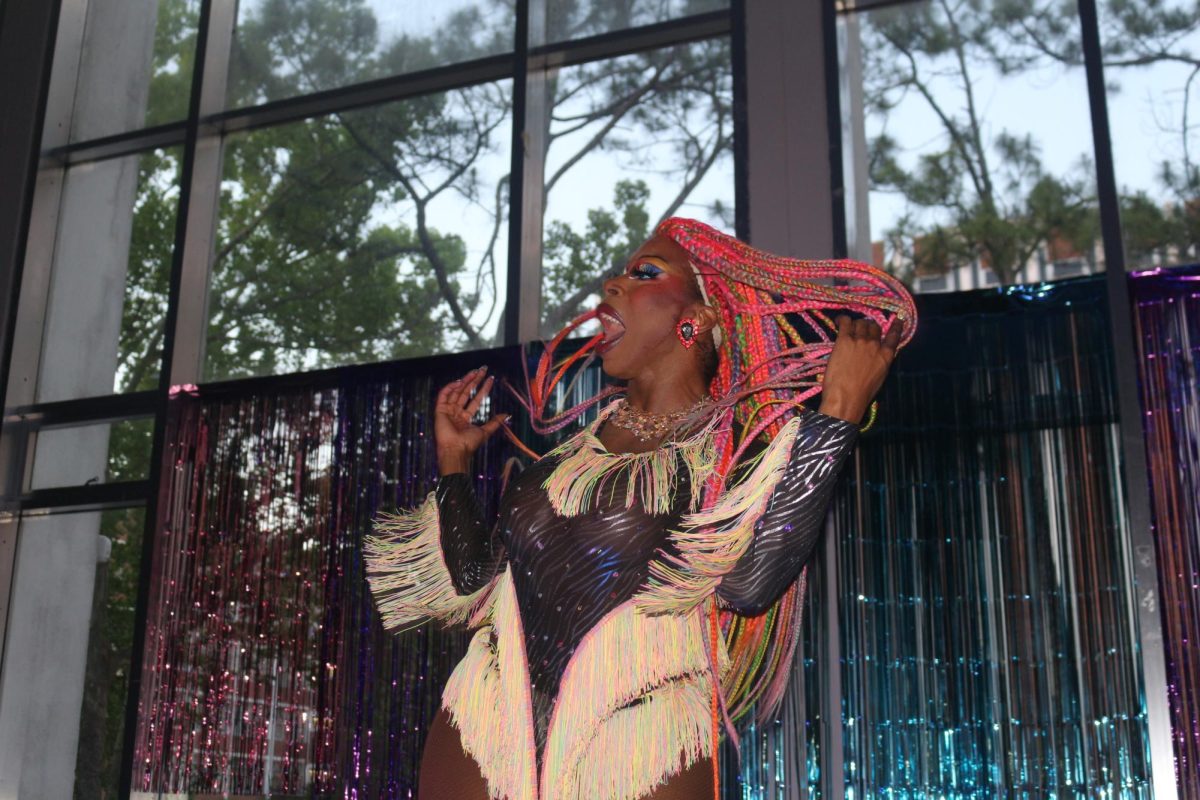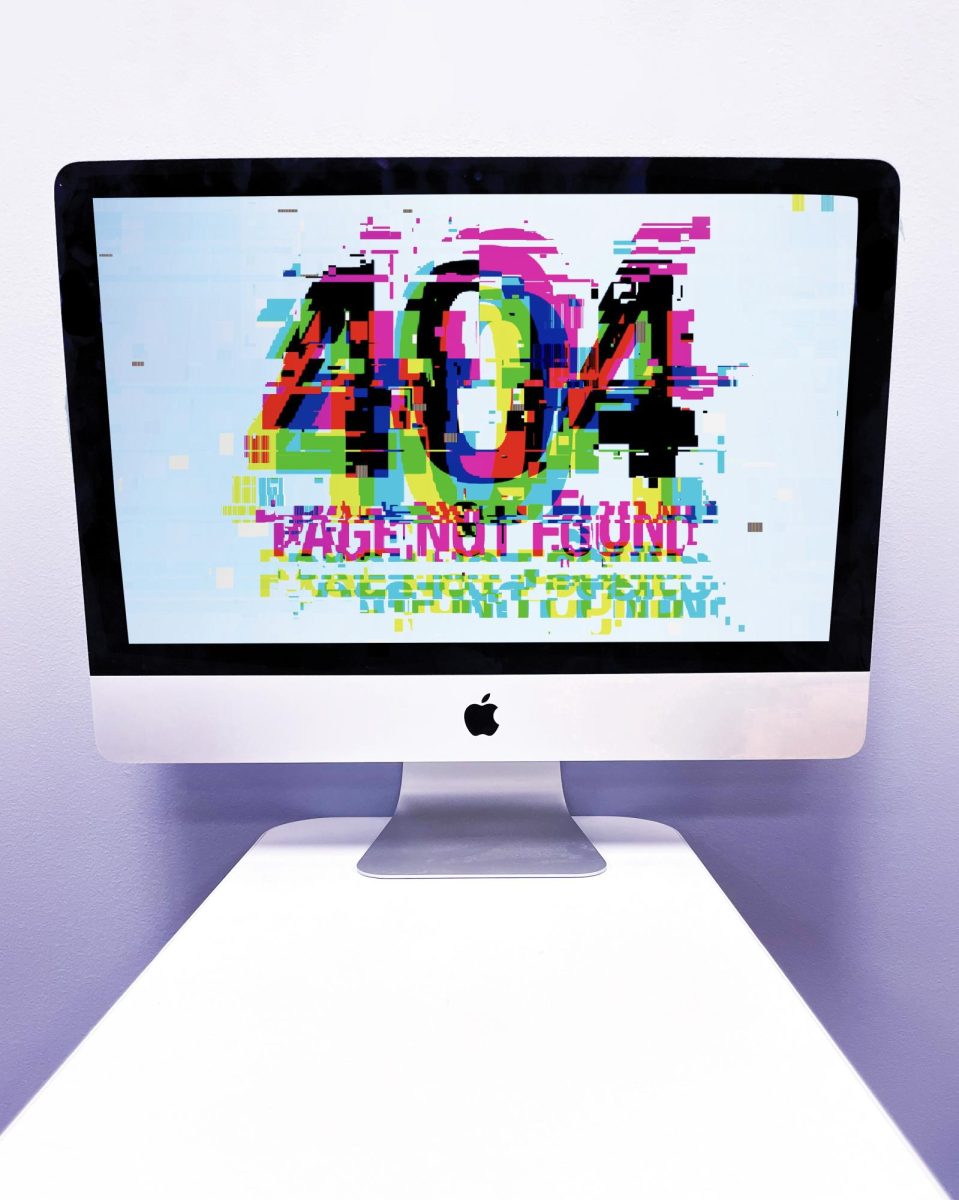Feelings of euphoria and wanting to dance the night away might seem like a great night out. For some people, these are the effects of an illegal drug that is quickly gaining popularity among college students.
Commonly called “Molly,” the drug is known among the scientific community as MDMA, or methylene-dioxy-methamphetamine. As the name suggests, it is an amphetamine. This means it is a stimulant. It is also a psychotheraputic drug, which encourages open communication and behavior.
According to a 2010 survey by the National Survey on Drug Use and Health, there were 2.4 million people age 12 or older who used non-prescription psychotherapeutics for the first time within the past year, which means there are around 6,600 new users per day.
According to the survey, the average new user is 19.4 years old.
Some users say the drug makes them feel extreme happiness, confidence and the urge to dance. They say the effect is similar to drinking without the haziness and lack of energy.
The popularity of Molly is increasing quickly at raves, dance parties and music festivals.
“I’ve been seeing such a rapid increase in illicit drug use that is beyond dangerous,” said mass communication senior Colby Wilson, who works in the electronic music industry downtown.
Thought to be a purer form of ecstasy, which is MDMA in a pressed tab, Molly comes in a powdered form and is considered by many users to be a “safe” form of ecstasy.
This misconception is dangerous, said Nathan Messer, chairman of DanceSafe, an organization concentrated on spreading drug information and reducing harm.
“I’d break it (the dangers) up into a couple different categories,” Messer said.
“The normal risk of ecstasy includes overheating and dehydration. That’s what tends to cause deaths. Other chemicals sometimes present in the drug are much more potent chemicals that can be really dangerous, and those have very acute dangers,” he said.
Recently, drug dealers are selling strains of Molly diluted with harmful chemicals and other substances, such as bath salts, to unsuspecting users.
After losing several friends to drug overdose and drug interactions, Wilson collaborated with her bosses and put together a fundraiser to promote awareness of the dangers of using Molly. She said she decided to do this to make people aware of the consequences of drug use so they can make informed decisions. She plans to make the fundraiser an annual event.
The proceeds were given to DanceSafe, which promotes drug information and pill testing to dancing communities in the United States and Canada.
Wilson said she is critical of the way people use the drug.
“There’s a limit…it’s treated like candy, it’s eaten like candy. It’s childish,” she said.
Wilson is working with bands and festivals to promote a hydration campaign in 2012 and 2013, since dehydration is a major risk associated with using Molly.
“At certain capacity shows, if you’re going to have a dance rave, you know you’re going to have stimulated audiences. These are things you should assume, whether or not you can accept it…it’s not telling people not to do it, it’s telling them how to save yourself. Free water is essential,” she said.
Leslie Gamboni can be reached at [email protected]







